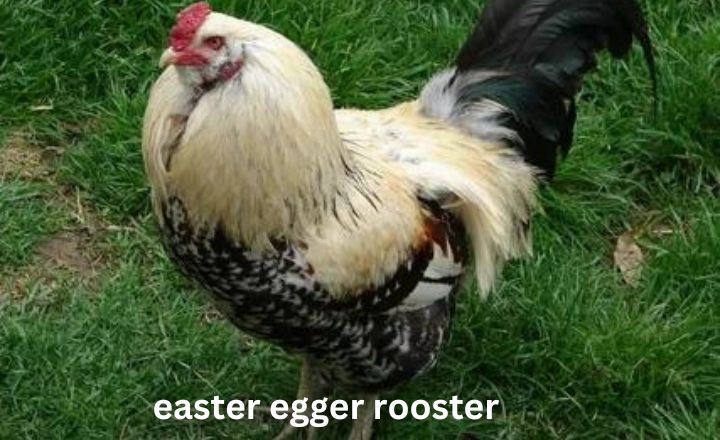
The Easter Egger Rooster
The Easter Egger is a well-loved breed of rooster, celebrated for its vibrant eggs and friendly demeanor. These roosters boast distinctive and colorful plumage, resulting from the crossbreeding of various chicken breeds. Known for laying blue or green eggs, Easter Eggers can add a unique twist to your flock.
For the well-being of your Easter Egger rooster, providing a spacious coop and an open area for outdoor activity is essential. They make excellent additions to backyard flocks and are generally easy to handle. However, like all roosters, they may exhibit aggression if not raised properly or if they perceive a threat. An Easter Egger rooster can bring cheer and vibrancy to your chicken flock.
What is a Rooster?
A rooster is a male chicken identifiable by its characteristic crowing sound at dawn. With vivid plumage and a prominent comb on their heads, roosters are usually larger and more colorful than hens. They play a crucial role in the flock by guiding and protecting the hens and fertilizing their eggs for reproduction.
In addition to leading the flock, roosters act as a warning system for potential predators, crowing to alert the hens of danger. Throughout history, roosters have appeared in many myths and folktales and are often symbols of strength and energy in various cultures.
How Does a Rooster Fertilize an Egg?
Roosters fertilize eggs through copulation, where the rooster mates with a hen. During copulation, the rooster’s cloaca transfers sperm to the hen’s cloaca, located near the tail. The sperm then travels up the hen’s reproductive system, fertilizing an egg as it moves through the oviduct.
The fertilized egg develops inside the hen’s body before being laid. While hens do not require a rooster to lay eggs, having a rooster means some eggs may be fertilized and, under the right conditions, hatch into chicks.
How to Tell a Rooster from a Hen
To differentiate a rooster from a hen, compare their physical attributes. Roosters are usually larger with more vibrant and colorful plumage, larger combs and wattles on their heads, and spurs on their legs. Hens tend to be smaller with less ornate plumage.
Behavioral differences also help distinguish them. Roosters are more likely to be loud and assertive, often crowing and displaying dominant behaviors like chasing other chickens. Hens are typically quieter and more focused on tasks like foraging or caring for their young. Observing these physical and behavioral traits will help you identify the differences between hens and roosters in your flock.
How Many Hens per Rooster?
The ideal ratio is usually ten to twelve hens for every rooster. This balance allows the rooster to effectively fertilize the eggs without overburdening the hens. Too few hens can lead to overcrowding and potential harm, while too many hens might reduce fertility rates.
Maintaining the right hen-to-rooster ratio is crucial for the health and productivity of the flock. Factors like individual temperament, breed characteristics, and available space should be considered when determining the proper ratio. Monitoring behavior and egg production can help identify if adjustments to the ratio are needed.
Frequently Asked Questions
How to tell if a chick is a rooster?
Chicks generally have softer features and smaller combs compared to roosters. Around 6-8 weeks old, physical differences start to emerge that indicate gender.
Can chickens lay eggs without a rooster?
Yes, hens can lay eggs without the presence of a rooster.
Do all chicks eventually grow up to be roosters?
Approximately 50% of chicks will develop into roosters, while the other half will become hens.
How do hens produce eggs without mating with a rooster?
Hens have reproductive systems that allow them to produce and lay eggs independently.

